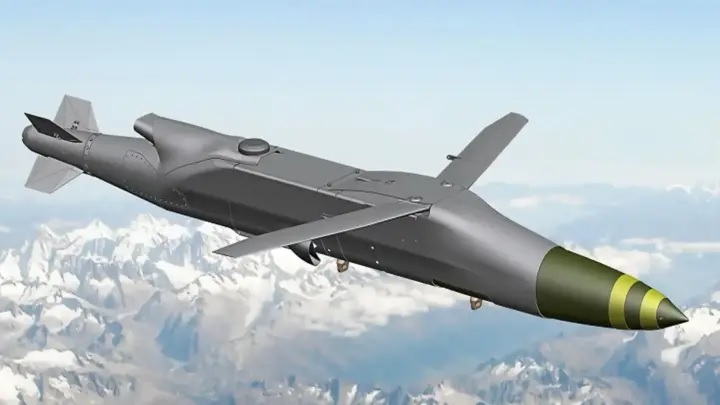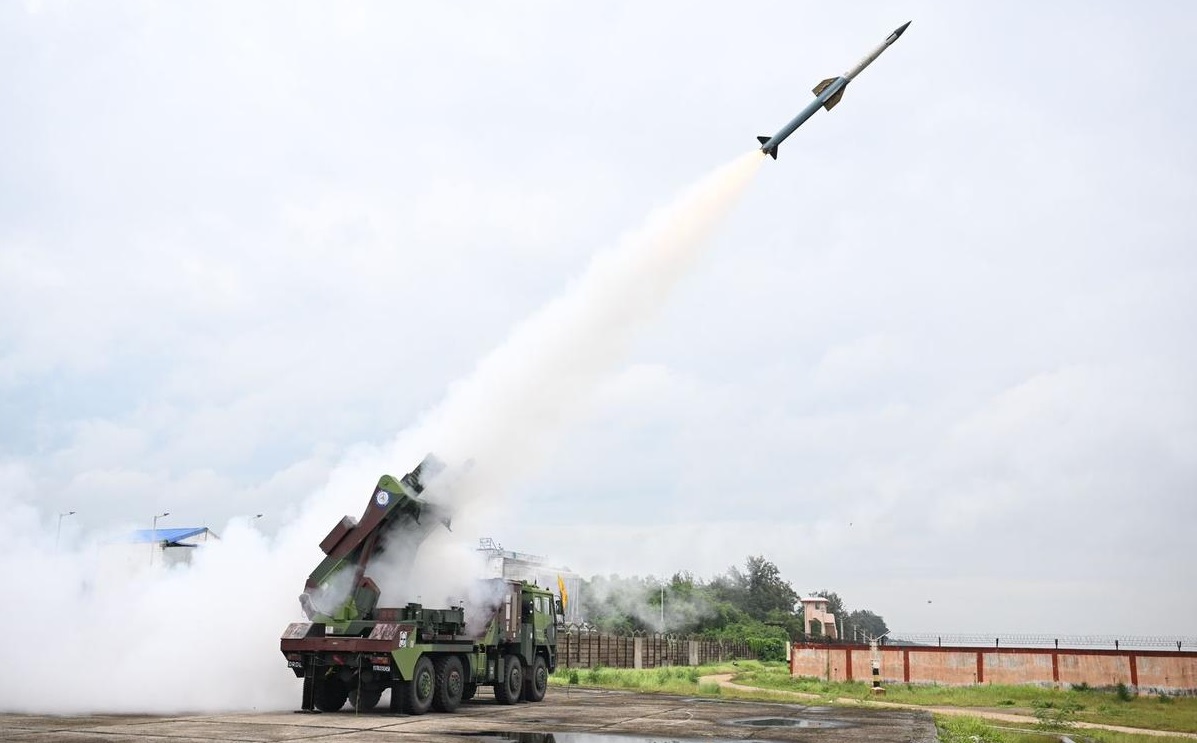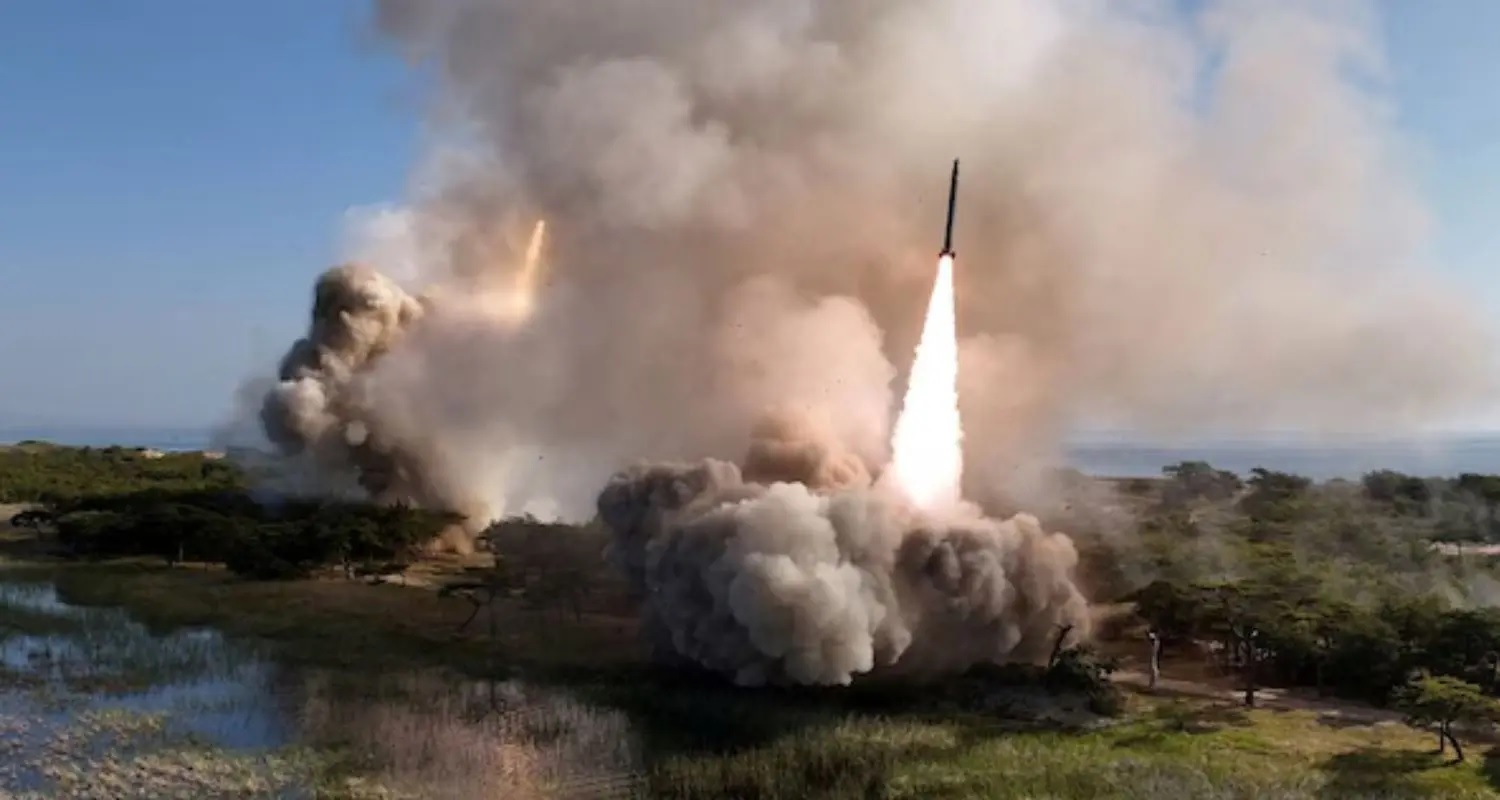SPY-6 Radar Upgrades: Transforming Nimitz-Class Aircraft Carriers Starting 2026

The U.S. Navy is gearing up for a significant technological leap with the backfitting of SPY-6 radars on its Nimitz-class aircraft carriers, starting in 2026. This advanced radar system, developed by RTX (formerly Raytheon Technologies), is set to replace older AN/SPS-48 and AN/SPS-49 radars, enhancing the fleet's detection capabilities, resilience, and overall combat readiness.
What is the SPY-6 Radar?
The SPY-6 is the latest generation of shipborne radar technology, designed to meet the evolving demands of modern naval warfare. Its modular design allows for customization to suit different ship types and mission requirements. The radar is composed of Radar Modular Assemblies (RMAs), compact units each measuring approximately 60 cm (1 foot) cubed. By combining these RMAs, the size and capabilities of the SPY-6 can be tailored, making it versatile for various naval platforms.
Key Variants of SPY-6
-
SPY-6(v)1:
- Deployed on Arleigh Burke-class Flight III destroyers.
- Features 37 RMAs, delivering exceptional long-range detection.
- First installed on the USS Jack H. Lucas, commissioned in 2023.
-
SPY-6(v)2:
- A rotating radar variant with 9 RMAs.
- Used on amphibious assault ships and transport vessels like USS Richard M. McCool Jr.
-
SPY-6(v)3:
- Fixed 3-face configuration with 9 RMAs.
- Set for Constellation-class frigates and Gerald R. Ford-class carriers like USS John F. Kennedy.
-
SPY-6(v)4:
- Composed of 24 RMAs.
- Designed to upgrade Arleigh Burke-class Flight IIA destroyers, replacing the older SPY-1 radars.
SPY-6 on Nimitz-Class Aircraft Carriers
The Nimitz-class carriers, renowned for their pivotal role in power projection and maritime dominance, are slated to receive the SPY-6(v)2 radar during their mid-life overhauls. The first installation will take place on USS John C. Stennis during its ongoing Refueling and Complex Overhaul (RCOH) at Newport News Shipbuilding, with completion expected in 2026. This upgrade is part of a broader modernization effort to align older vessels with cutting-edge technology.
Advantages of the SPY-6(v)2 Upgrade
- Enhanced Detection: Improved ability to detect and track threats, including low-observable and hypersonic targets.
- Scalability: Modular design enables efficient integration with existing systems.
- Durability: Higher resilience in contested electronic environments.
- Ease of Maintenance: Modular RMAs simplify repair and maintenance, reducing downtime.
Destroyer Modernization 2.0 and SPY-6(v)4 Integration
The SPY-6(v)4 variant will also play a vital role in the U.S. Navy’s Destroyer Modernization 2.0 program. The USS Pinckney (DDG-91) will be the first ship to undergo this radar backfit, beginning in 2026, with service resumption expected in 2028. Notably, future upgrades will streamline the integration of both the SPY-6(v)4 and advanced electronic warfare systems, such as the AN/SLQ-32(v)7, into a single upgrade process.
Future Implications
The introduction of SPY-6 radars on Nimitz-class carriers and other naval platforms represents a transformative step in naval warfare capabilities. By enhancing detection, improving interoperability, and future-proofing systems against emerging threats, the U.S. Navy is solidifying its dominance in maritime operations for decades to come.
As the SPY-6 program progresses, it underscores the Navy's commitment to maintaining technological superiority in an increasingly complex and contested global maritime environment.



